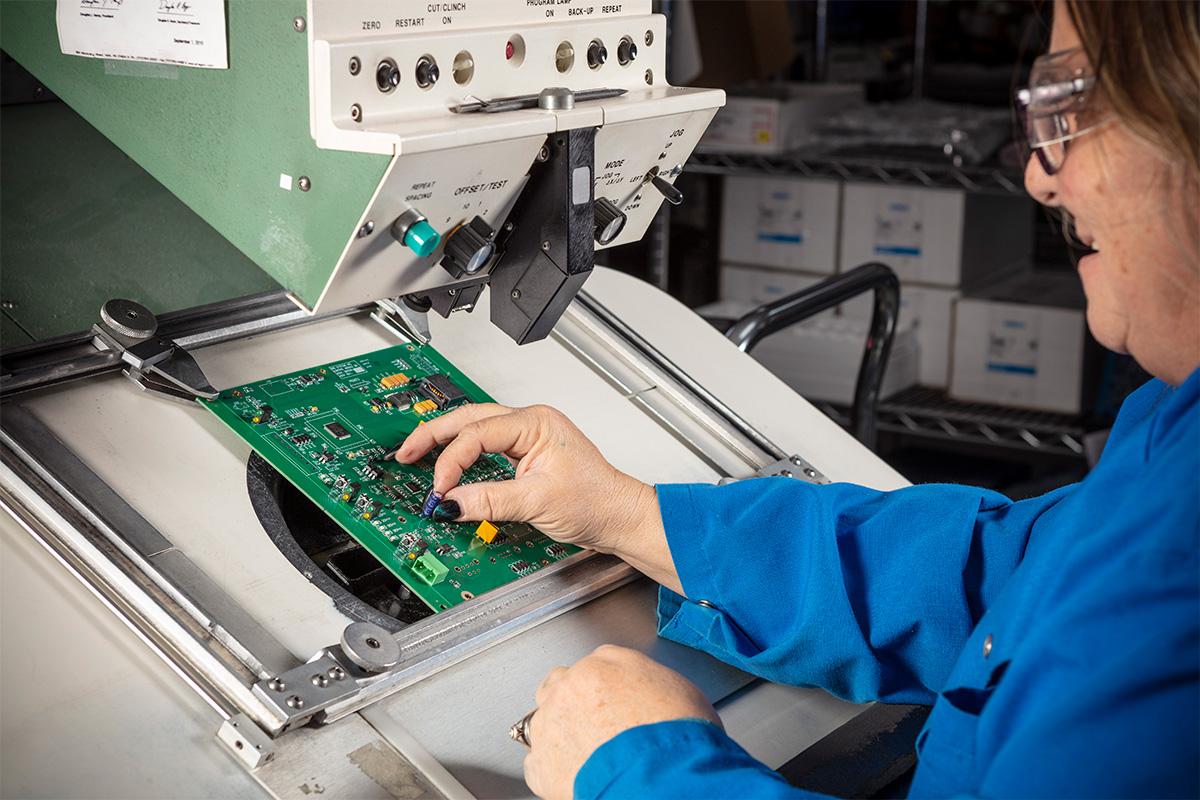In the intricate world of electronics, the role of X-ray inspection in PCB assembly is paramount. As technology advances, the need for precision and accuracy in Printed Circuit Board (PCB) assembly becomes increasingly critical. Ensuring the seamless functioning of electronic devices depends significantly on the meticulous assembly and inspection processes. This is where X-ray inspection technology plays a vital role.

Overview of X-Ray Inspection in PCB Assembly
Understanding the role of X-ray inspection involves recognizing its ability to detect hidden defects that traditional inspection methods might miss. This non-destructive testing method allows for the examination of solder joints, component placement, and internal structures without causing any damage to the PCB.
Importance of X-Ray Inspection
The significance of X-ray inspection in PCB assembly cannot be overstated. It ensures the reliability and efficiency of electronic devices by identifying potential issues early in the production process. This proactive approach helps in minimizing costly recalls and rework.
Detecting Hidden Defects
One of the primary benefits of X-ray inspection is its ability to detect hidden defects such as voids, misalignments, and insufficient solder. These issues can significantly impact the performance and durability of electronic components.
Ensuring Quality Control
Quality control is a critical aspect of PCB assembly. Through X-ray inspection, manufacturers can maintain high standards of quality by ensuring that each PCB meets the required specifications and standards.
How X-Ray Inspection Works
The process of X-ray inspection involves using high-energy X-rays to penetrate the layers of the PCB. The resulting images reveal the internal structure, allowing for a detailed analysis of the board’s integrity and functionality.
Advanced Imaging Techniques
Modern X-ray inspection systems utilize advanced imaging techniques to provide clear and detailed images of the PCB. These images enable inspectors to identify even the most subtle anomalies that could compromise the board’s performance.
Integration with Other Inspection Methods
While X-ray inspection is highly effective, it is often used in conjunction with other inspection methods such as Automated Optical Inspection (AOI) and Functional Testing. This integrated approach ensures comprehensive quality assurance in PCB assembly.
Benefits of X-Ray Inspection in PCB Assembly
The advantages of X-ray inspection extend beyond defect detection. It enhances overall production efficiency, reduces costs, and improves product reliability. By identifying issues early, manufacturers can avoid expensive repairs and maintain customer satisfaction.
Reducing Production Costs
By preventing defects from progressing through the production line, X-ray inspection helps in reducing production costs. This cost-effective solution minimizes waste and optimizes resource utilization.
Improving Product Reliability
Reliability is crucial in electronics manufacturing. X-ray inspection ensures that each PCB functions as intended, enhancing the overall reliability of electronic devices and building consumer trust.
Challenges and Limitations
Despite its numerous benefits, X-ray inspection does have some challenges and limitations. These include the initial investment cost, the need for skilled operators, and potential limitations in detecting certain types of defects.
Overcoming Technological Barriers
As technology evolves, manufacturers are continually working to overcome these barriers by investing in state-of-the-art X-ray inspection systems and training programs for operators.
Future of X-Ray Inspection in PCB Assembly
The future of X-ray inspection in PCB assembly looks promising. With advancements in technology, we can expect even more sophisticated inspection systems that offer higher resolution imaging and faster processing times.
Emerging Trends and Innovations
Emerging trends in X-ray inspection include the development of AI-powered analysis tools and automated inspection systems. These innovations are set to revolutionize the way PCBs are inspected and manufactured.
For more insights into turnkey PCB assembly, you can visit this informative external resource and explore the benefits and applications.
Additionally, you can read about improving quality in PCB assembly or learn about consistent quality through turnkey solutions.
Conclusion
In conclusion, the role of X-ray inspection in PCB assembly is indispensable. It not only enhances the quality and reliability of PCBs but also contributes to the overall success of the electronics manufacturing industry. As technology continues to evolve, the importance of X-ray inspection will only grow, paving the way for more efficient and effective production processes.

FAQ
What is X-ray inspection in PCB assembly?
X-ray inspection is a non-destructive testing method used to detect hidden defects and ensure quality control in PCB assembly.
Why is X-ray inspection important?
X-ray inspection is crucial because it helps identify defects early in the production process, reducing costs and improving product reliability.
What are the challenges of X-ray inspection?
Challenges include the initial investment cost, the need for skilled operators, and limitations in detecting certain defects. However, ongoing advancements in technology are helping to overcome these issues.


